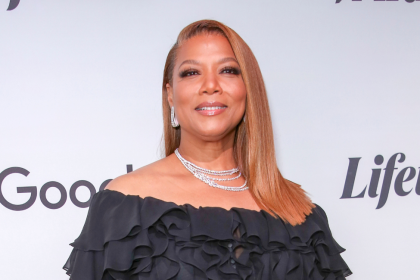Black banking’s journey in America began in 1833 when successful Black entrepreneurs started offering informal financial services in Northern cities and New Orleans. These early financial pioneers laid the groundwork for what would become a crucial pillar of economic empowerment within Black communities. Their initiatives emerged as essential tools for building wealth and fostering independence during a time of severe racial discrimination.
The establishment of formal Black banking institutions marked a significant transformation in the community’s financial landscape. Many of these institutions were founded by formerly enslaved individuals who recognized the urgent need for financial autonomy and economic stability within their communities. These early banks served as more than just financial institutions they became symbols of resistance and self-determination.
These pioneering institutions developed innovative financial products and services specifically designed to meet the unique needs of their communities. By 1888 there were more than 60 Black owned banks operating across the United States providing crucial services to previously unbanked populations.
Modern activism meets historical legacy
The Hip Hop Caucus has organized a virtual event titled “History of Black Banking: From Reconstruction To Modern Financial Activism” scheduled for February 19 2024. This gathering represents a convergence of historical understanding and contemporary activism focusing on climate racial and economic justice initiatives. The event which streams at 6 p.m. EST is part of the organization’s Black and Green Campaign addressing systemic challenges including mass incarceration and environmental racism.
The virtual discussion brings together three distinguished voices in the field. First Dr Shennette Garrett-Scott serves as the National Director of the Association of Black Women Historians bringing expertise on Black women’s roles in early American finance. Second Dr Brandon Winford contributes insights as an Associate Professor of History at the University of Tennessee specializing in Black banking history. Third Kenya Tyson brings perspective as Executive Director of the Black Massacre Project examining historical violence against Black communities.
The significance of this event extends beyond historical commemoration as it seeks to draw direct connections between past financial movements and present day activism. This approach helps participants understand how historical strategies can be adapted and applied to contemporary challenges in economic justice.
Economic empowerment through institutional change
Modern Minority Depository Institutions and Community Development Financial Institutions continue the legacy of their historical predecessors. These organizations work to address contemporary challenges while maintaining the core mission of economic empowerment within Black communities. Their efforts focus on creating sustainable financial solutions that benefit historically underserved populations.
The relationship between these institutions and community development remains crucial for addressing systemic inequalities. Through strategic investments and targeted programming these organizations help build wealth create opportunities and foster economic resilience in communities that have historically faced discrimination in traditional banking systems.
Contemporary Black owned banks manage more than 5 billion dollars in assets serving as vital economic engines for their communities. These institutions provide critical services including mortgage lending business loans and financial education programs that support local economic development.
Women as financial pioneers
The role of Black women in financial leadership stretches back to the Reconstruction era when they emerged as key drivers of economic autonomy within their communities. Their contributions often overlooked in historical narratives proved essential for establishing and maintaining financial stability during periods of intense racial and gender discrimination.
The failure of the Reconstruction-era Freedmen’s Bank particularly impacted Black women who had positioned themselves as economic anchors in their communities. This historical event highlights the interconnected nature of racial economic and gender justice demonstrating how setbacks in one area can ripple through entire communities.
By 1920 Black women had established numerous mutual aid societies and lending circles that provided crucial financial support to their communities. These informal financial networks laid the foundation for more formal banking institutions and demonstrated the essential role of women in community economic development.
Environmental justice and economic power
The Bank Black & Green Campaign represents an innovative approach to combining environmental and economic justice initiatives. This strategy recognizes that communities facing environmental challenges often struggle with economic disadvantages creating a cycle that requires comprehensive solutions.
The campaign aims to leverage financial institutions’ power to address environmental racism while building economic strength in affected communities. This approach demonstrates how modern activism can learn from historical examples while adapting to address contemporary challenges.
Studies show that communities with strong local financial institutions demonstrate greater resilience in facing environmental challenges. These banks often provide crucial support for green initiatives and sustainable development projects within their communities.
Legacy and future directions
The evolution of Black banking from its origins in 1833 to its present role in social justice movements demonstrates the enduring importance of financial independence in the fight for equality. Modern institutions continue to adapt and innovate building upon the foundation laid by early pioneers.
Today’s Black owned financial institutions face unique challenges and opportunities in the digital age. Many are embracing financial technology while maintaining their commitment to personal relationships and community development that has characterized Black banking since its inception.
The future of Black banking lies in its ability to continue adapting to changing economic landscapes while maintaining its core mission of community empowerment. This includes expanding digital services developing new financial products and maintaining strong connections with local communities.
















